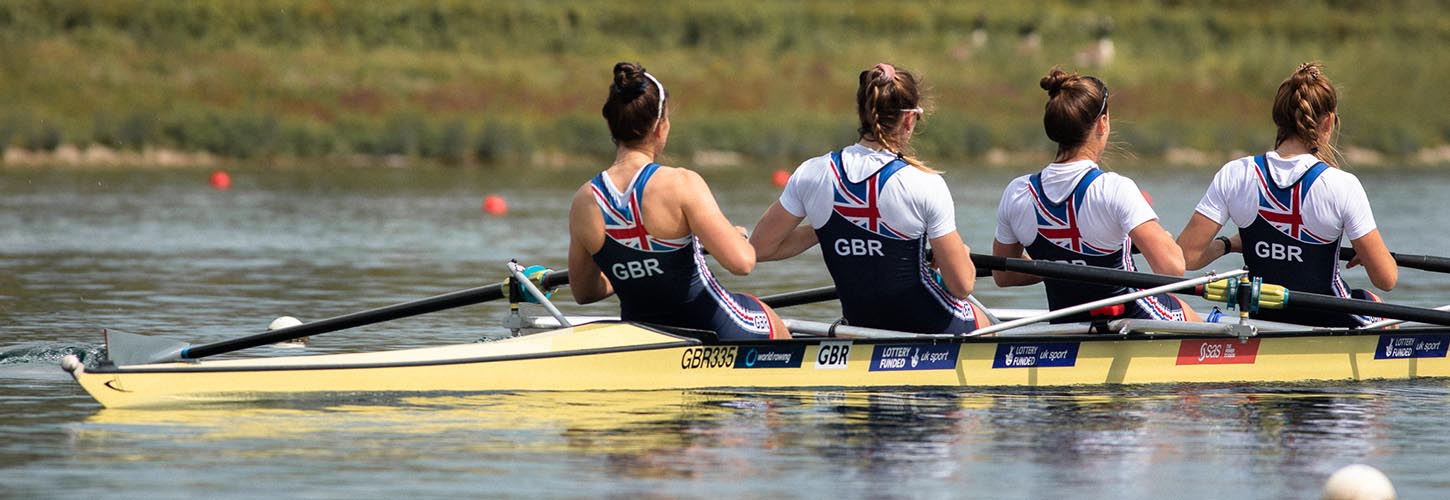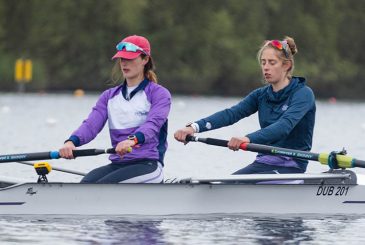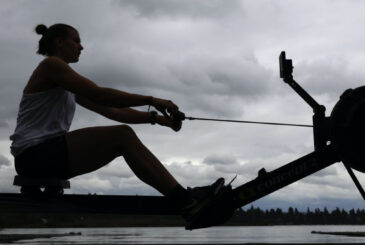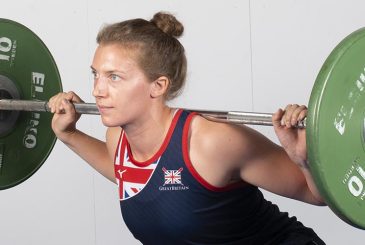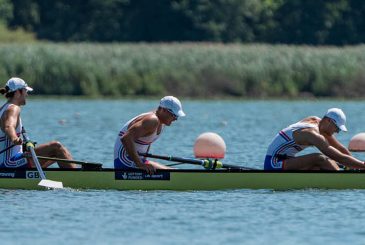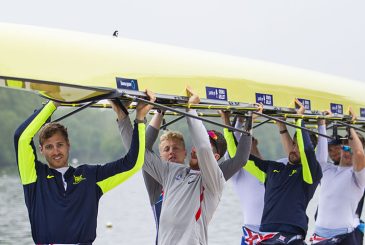In the final article of the series, GB Rowing Team Olympic High Performance Coach Dan Moore explores how to put all of the components covered so far into four example functioning training programmes, which can be used as templates.
To begin, let’s recap the key areas we explored in the previous five articles, which help to guide the way you choose to train:
- There are various underlying principles of training, that you need to manipulate within the design of your plan to get the physiological improvements you need for elite rowing. These are:
- Total volume
- Aerobic vs anaerobic
- Specificity
- Super-compensation
- Strength vs endurance
- Training intensity.
- Training Intensity Distribution (TID) is the amount of training you do in each zone over the long term. Understanding why you need to train in each zone is vital, so you understand how to change your training programmes at different times of the season. You then need to monitor your training to be sure that you are actually doing the right amount in each training zone.
- The amount of strength and/or robustness training you do is another factor in your programme. How to best achieve your aims in this area while also developing endurance is a tough part of programming.
These aspects of all elite rowing training programmes are incorporated in the following suggested programmes for a few different situations:
Rowing training programme 1: Normal training
This programme sets out what a typical week for a university or club high performance may look like during a consistent training period e.g. Autumn or early Winter when you’re not preparing for competitions.
The important features to note are:
- TID achieves the target balance of more than 80% of training time as Low Intensity Training (LIT) and <20% as Moderate and High Intensity Training (MIT and HIT).
- Both rowing and cross-training modalities are included.
- Appropriate strength work to increase and or maintain strength.
Rowing training programme 2: Stepping up from 2 to 3 sessions a day
This programme follows a similar pattern to the first, but has been adapted for athletes attempting to incorporate some three session days, either permanently or for students during their holidays when they have more time available to train.
The S&C sessions and intensity work have remained the same but there is more endurance training on Monday, Tuesday and Thursday. This gives an extra 26km of training while still incorporating recovery.
The rest day here is on a Friday but some programmes prefer this to be on a Sunday to gain the full benefit of a day off.
Rowing training programme 3: Strength development
The S&C sessions in this programme are spaced out through the week to allow maximum recovery between each one.They are also deliberately not placed straight after endurance HIT sessions.
The lower body session is intentionally placed right at the beginning of the week so athletes can attack it when they’re freshest.
Compared with the normal week in programme 1, the total volume of endurance training is reduced, as is the proportion of intensity. Although reducing intensity may seem counterintuitive, it is designed to allow athletes to maintain base fitness while not being fatigued around strength sessions. You can also use this approach if you want to have a lighter week. In this case, the strength session should focus on core/robustness so the athlete can have a real regeneration before going back to higher loads of volume or intensity.
Rowing training programme 4: Training camp
In this example, available training time is not a consideration.
You are likely to want to polarize your training in the approach to the regatta season, which is when many training camps take place. The training in this programme is therefore more polarized; overall volume of HIT has risen but the LIT training has remained over 80%.
The week still includes set recovery periods (with programmed time to include team activities) as well as S&C and core/stretching sessions.
The endurance training is typically at the beginning and end of the day but this can easily be brought together if that would be easier logisticically (e.g. a drive from hotel to the water). Importantly there are new sessions too, including seat racing opportunities and a racing starts regatta. We used to do this when I was a World Class Start coach and often had 30+ singles all racing each other – it was always the athletes’ favourite!
I’ve included a 2km race at the end of camp.Tthis could be a different distance or set of pieces but it’s always nice to end with a performance of some description.
The sessions in this week-long programme could also be spread over 10-12 days.
Conclusion
I hope these example programmes give you a feel for how an elite rowing training programme may look in reality after all the theory from the previous articles. Remember, though, that there are no hard and fast rules and, of course, no guarantees in elite sport. Nevertheless, there is fun and skill in trying to write a programme that works for your environment.


